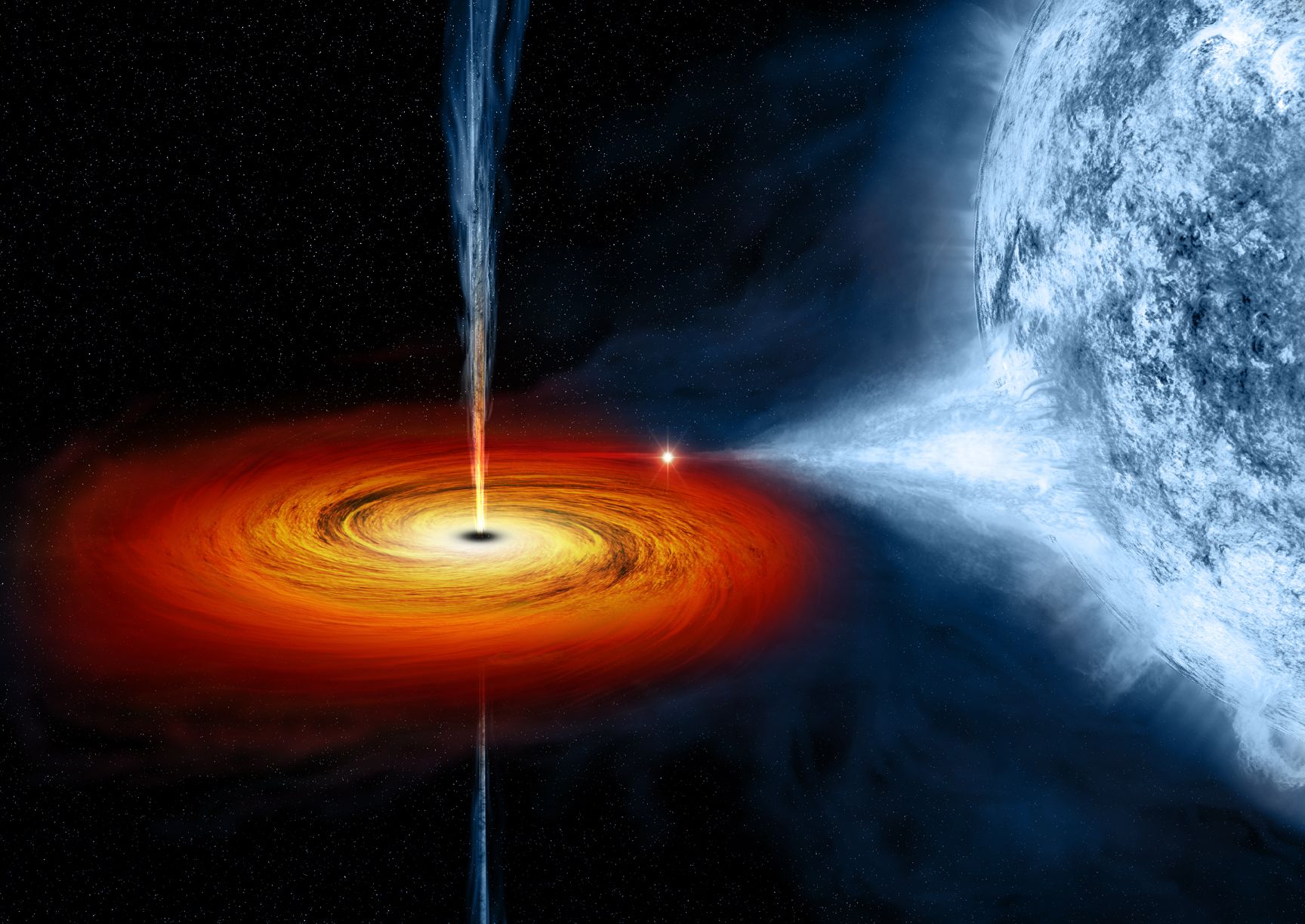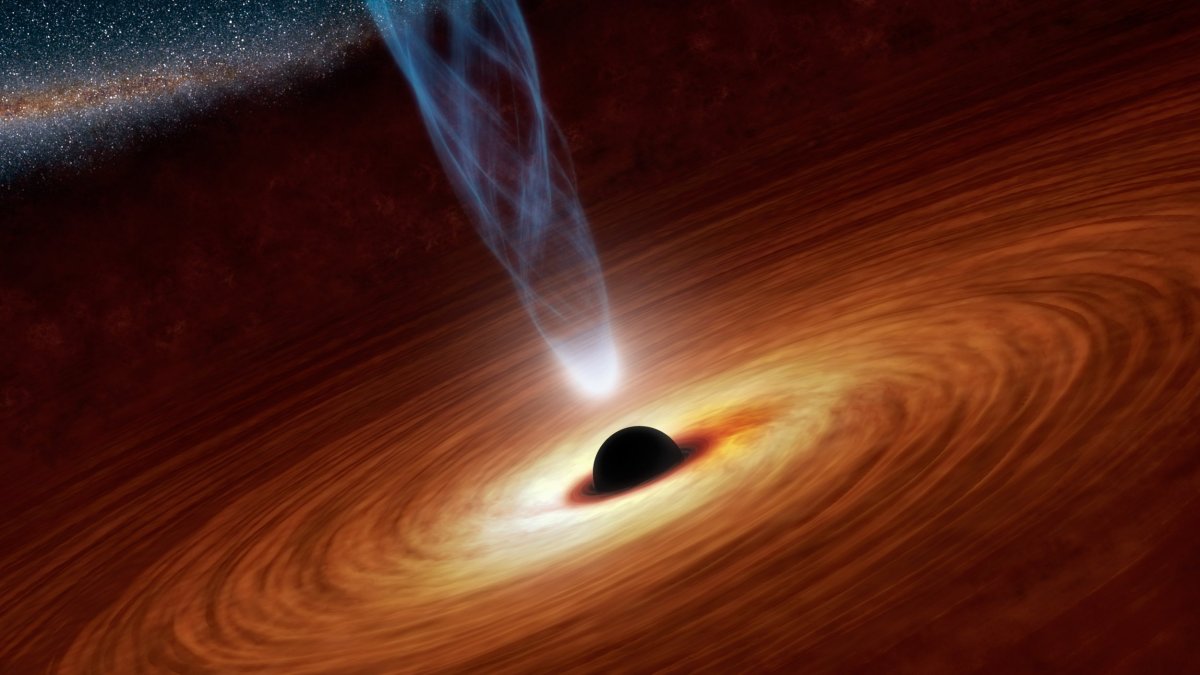
A century after wormholes were first theorized, scientists have posited that passages through space-time can be traversed using a special quantum connection between two black holes.
Wormholes can hypothetically serve as time machines or teleportation gateways to transport matter from one point in space to another, however the theory behind them means there is a fundamental problem of stability.
To solve this, a trio of scientists from Harvard University and Princeton proposed a "double trace deformation" that can hold a bridge between two black holes open.
Previous theories have posited that a wormhole would only be traversable if so-called "exotic materials" were inserted within it to make it stay open. This material would possess negative energy density and a large negative pressure, working like oppositely-charged magnets to push space-time away from itself and prevent the wormhole from collapsing.
Ping Gao and Daniel Louis Jafferis from Harvard University and Aron C. Wall from Princeton wrote a paper that scraps the need for exotic materials thanks to a concept similar to quantum teleportation.
Instead of inserting exotic materials into the wormholes, the negative energy required can be generated outside of the "throat" by a quantum connection between the two black holes.
While the scientists' paper is based in theory, quantum teleportation has been demonstrated in laboratory experiments. Earlier this year, a team of researchers in China successfully teleported a photon from Earth to an orbiting satellite 300 miles away.

When Juan Maldacena, a physics professor at the Institute for Advanced Study in Princeton, read the paper by Gao, Jafferis and Wall, he decided to explore the theoretical ramifications.
"I viewed it as a really nice idea, one of these ideas that after someone tells you, it's obvious," Maldacena told Quanta Magazine.
In a follow-up paper written with fellow physicists Douglas Stanford and Zhenbin Yang, Maldacena theorized a wormhole that would allow quantum information to pass through it.
None of this would necessarily mean that science fiction imaginings of humans traveling from one point in space to another via wormholes would ever be possible.
"The jury is not in, so we just don't know," physicist Kip Thorne, a leading authority of black holes and wormholes, told Space.com.
"But there are very strong indications that wormholes that a human could travel through are forbidden by the laws of physics. That's sad, that's unfortunate, but that's the direction in which things are pointing."
Uncommon Knowledge
Newsweek is committed to challenging conventional wisdom and finding connections in the search for common ground.
Newsweek is committed to challenging conventional wisdom and finding connections in the search for common ground.
About the writer
Anthony Cuthbertson is a staff writer at Newsweek, based in London.
Anthony's awards include Digital Writer of the Year (Online ... Read more
To read how Newsweek uses AI as a newsroom tool, Click here.








